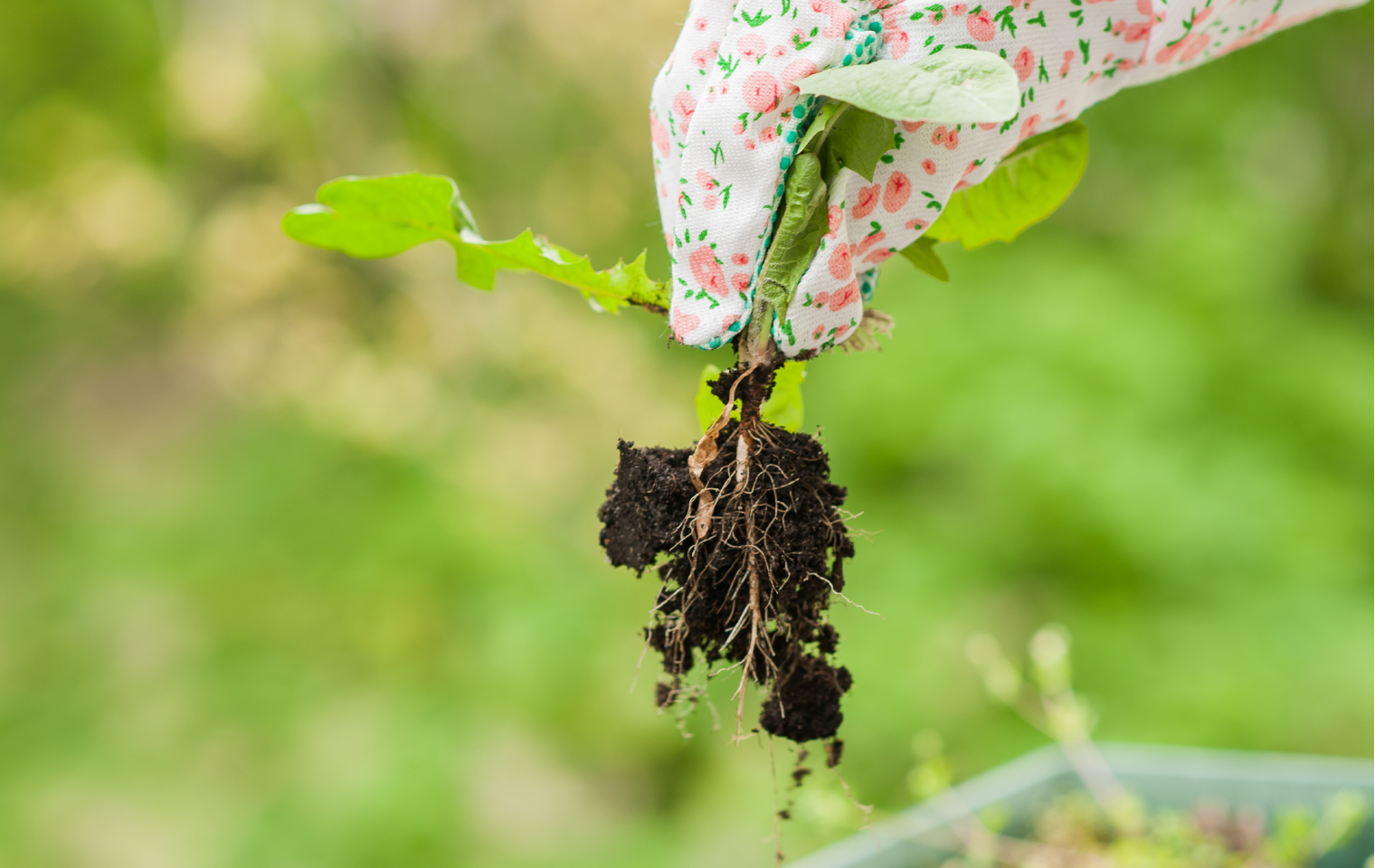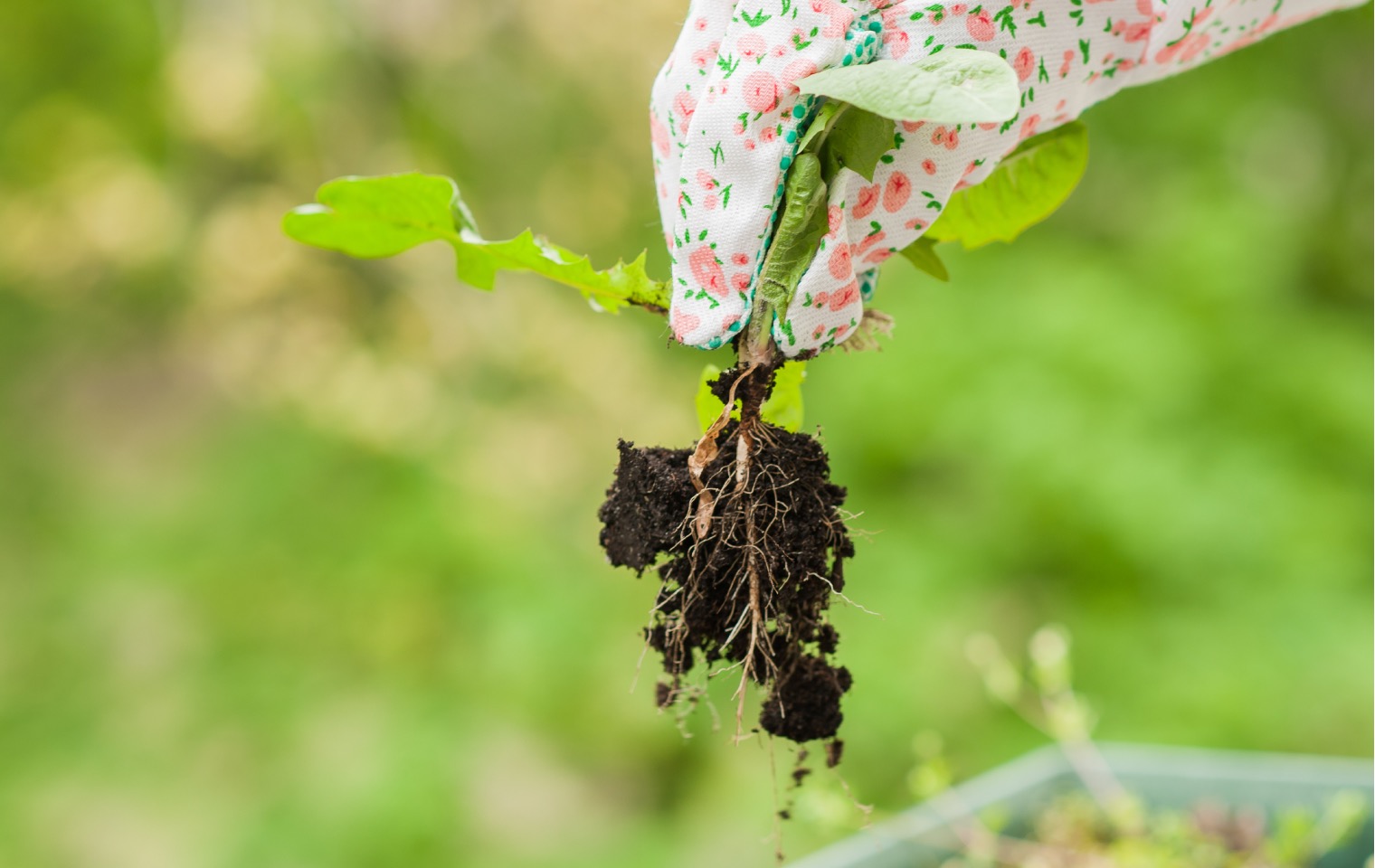Say Goodbye to Weeds
While we welcome the cooler weather and the first sprinkling of rain, June also brings an explosion of weeds in our gardens. Weeds are the gatecrashers of the gardening world, arriving uninvited, helping themselves to nutrients and water, and creating an unsightly mess. If you are struggling to keep them out, don’t despair—Agrimark is here to help you cope.

The social media system for dealing with weeds
Plants are like people on Facebook: some you would love to have as friends, but they ignore all your requests. Others pop up out of nowhere and want to “like” your garden. Sometimes these unexpected arrivals turn out to be fantastic plants, but many end up being weeds. Luckily, getting rid of weeds is easy once you match the correct strategy to each type.
Unfollow annual weeds
Annuals are plants that complete their life cycle in one year. In winter rainfall areas, annuals typically germinate in late autumn or early winter. They grow during the wet season and flower in late winter or early spring. Once they disperse their seeds, they die, leaving the seeds in the soil during the hot, dry summer days, ready to start the cycle again next winter.
The good news about annuals is that they die young. The bad news is that they produce thousands of seeds. Part of this year’s seed crop will germinate for years to come until the soil’s seed bank is depleted. Hence the old saying: one year’s seeding makes seven years’ weeding. Some common weeds have seeds that remain viable for decades, although most germinate in their first season.
If you don’t want to see an annual plant’s updates in your garden year after year, unfollow them! Mow them down, or stop them from posting seeds by removing them mechanically or chemically. We’ll explain how to do it.
Unfriend biennial and perennial weeds
Biennial plants usually live for two years, whereas perennials persist for many seasons. Like annuals, they may seed around your garden, but they also spread vegetatively—sending out roots and shoots to create new plants. Many perennials can regrow from root fragments, and some have tough, deep roots that can even come back to life after a stint in the compost heap.

Although perennials may form seeds, they don’t usually produce as many as annuals, so fewer new plants appear in the garden each year. The downside? You have to be brutal in getting rid of existing plants. If you don’t unfriend them once and for all, they will keep showing up in your garden. Dig up every part of these weeds and don’t put the remains on your compost heap. Persistent perennial weeds usually need chemical treatment.
Block weeds from your feed
You’ve eradicated unwanted plants from your garden and are ready to enjoy peace and order. You head outdoors with a cup of tea—only to be ambushed by a weed you thought was gone! Some plants just can’t take a hint. The only way to deal with them is to block them.
Weeds seize any opportunity to invade your garden. Seeds germinate in open, disturbed soil, as weeds struggle to establish themselves among other strong plants. Perennial weeds often hitch a ride via containers of ornamental plants, compost, and mulches. Some perennials drop in from the neighborhood, sending runners under the fence, especially if your next-door neighbors aren’t as discerning about their garden as you are.
Don’t give weeds any chance to settle in. It’s far easier to prevent an infestation than to eradicate weeds after they’ve made themselves at home. We’ll discuss ways to block weeds.
Waging a turf war on weeds
Death by fork and hoe
The simplest and most effective way to destroy a weed is to pull it out of the soil completely. If it resists, use a fork or another tool. Be sure to remove the roots, or the plant may regrow. Get to annuals before they flower and set seed. If they have already started seeding, put the plants in the bin, not on your compost heap. Perennial roots and stems should also be binned to prevent regrowth.
Weed seedlings are more vulnerable than adult plants. Wholesale slaughter is possible by hoeing them down. A hoe, a blade on a long handle, is pulled or pushed along the ground, cutting through the stems of young weeds at the root level. Unlike using a rake or fork, a hoe doesn’t bring dormant seeds to the soil surface. You can hoe between vegetables and ornamental plants without damaging them.

Weeds growing in areas with paving or gravel can be destroyed by using heat. The scary-sounding flame gun for weed control is actually just a paraffin or propane torch. Electrical equivalents are also available. These kill weeds by singeing them and are effective and environmentally friendly, as long as you don’t start a fire that burns down your entire garden. They are not recommended for use where there are flammable materials nearby.
Chemical warfare
Chemical weed killers (herbicides) have been around for decades. Weed killers like glyphosate kill all plants and are called non-selective herbicides. Spray it on when there is no wind to avoid drift that could damage your ornamentals. Selective herbicides only kill certain types of plants. For instance, the product 2,4-D or formulas with dicamba affect broadleaf weeds but not grass. Such selective herbicides are often marketed for clearing weeds from lawns.
If you choose to use chemical weed killers, you will find them extremely effective for most weeds. They are especially useful for eradicating deep-rooted perennial weeds. Herbicides are also popular for maintaining hard surfaces such as paving and for clearing new planting areas. When preparing for a new planting, remove existing vegetation and then leave the ground fallow for several weeks, spraying emerging foliage to destroy lurking weeds.

Don’t break new ground
Most soil contains weed seeds. One study found more than 30,000 seeds per square meter of land. The seeds in your garden are all waiting for their moments in the sun—don’t let them have it! Every time you disturb the soil by digging or forking, you will be turning up weed seeds. Adopt a no-dig policy and apply compost as a mulch on the soil surface. Earthworms and other soil critters will drag it down and work it in.
Seeds love loose soil in open areas, so cover your soil to discourage weeds from germinating. The best way is by applying a thick layer of mulch. Mulch can be anything from chippings or compost to gravel or peach pits. Besides suppressing weeds, mulch also keeps the soil moist and looks attractive. Organic mulches have the added advantage of improving soil quality over time. Resist the temptation to put down black plastic. Not only is plastic ineffective, but it also becomes unsightly and pollutes the planet.
Healthy soil and strong plants fight off invasions better than poor soil and spindly plants. There are weeds that thrive in every condition: dry as dust, compacted as concrete, swampy as politics. You can’t expect your flowers to fight it out in the trenches with weeds. Give ornamental plants good growing conditions, and they will hold their own against the enemy.
What comes next?
Now that you’ve bounced the weeds out of your garden party, you can enjoy the new life that comes with winter rains. Remember that winter is the active season in areas with Mediterranean climates—like most of the Cape region. Bulbs emerge, and flowering annuals are starting up. Make sure you get outside and show your garden some love!



